Sustainability in Packaging Benchmarking
Sustainability in packaging benchmarking is crucial for large companies to reduce their environmental impact, meet consumer demands, set clear goals, track progress, and learn from industry leaders to drive positive change and create a more sustainable future for packaging design.
Sustainability in Packaging Benchmarking
In today's competitive market, sustainability has become a key focus for businesses looking to reduce their environmental impact and meet the growing demands of eco-conscious consumers. As a result, packaging design plays a crucial role in achieving sustainability goals for large corporations.
When it comes to sustainability in packaging, benchmarking is essential for companies to measure their progress and compare their efforts to industry standards. By conducting a thorough analysis of their packaging materials, design, and production processes, companies can identify areas for improvement and implement strategies to reduce waste, energy consumption, and carbon emissions.
One of the key benefits of benchmarking sustainability in packaging is the ability to set clear goals and track progress over time. By establishing key performance indicators (KPIs) related to packaging sustainability, companies can monitor their performance and make data-driven decisions to drive continuous improvement.
Furthermore, benchmarking can also help companies identify best practices and innovative solutions in packaging design. By studying industry leaders and top performers in sustainability, companies can gain valuable insights and inspiration to enhance their own packaging strategies.
In conclusion, sustainability in packaging benchmarking is a valuable tool for large companies looking to enhance their environmental performance and meet the growing demands of consumers for eco-friendly products. By setting clear goals, tracking progress, and learning from industry leaders, companies can drive positive change and create a more sustainable future for packaging design.
The Importance of Setting Clear Goals and Tracking Progress in Packaging Sustainability
In today's rapidly evolving business landscape, sustainability has become a key focus for companies looking to reduce their environmental impact and meet the growing demands of eco-conscious consumers. One area where this commitment to sustainability is particularly crucial is in packaging design.
Setting clear goals for packaging sustainability is essential for companies looking to make a meaningful impact. By establishing specific targets for reducing waste, increasing recyclability, and minimizing carbon emissions, businesses can create a roadmap for achieving their sustainability objectives. These goals should be ambitious yet achievable, providing a clear direction for packaging design teams to follow.
Equally important is the need to track progress towards these goals. Regular monitoring and reporting on key sustainability metrics can help companies identify areas for improvement and make informed decisions about future packaging initiatives. By measuring factors such as material usage, energy consumption, and waste generation, companies can assess the effectiveness of their sustainability efforts and make adjustments as needed.
In addition to setting goals and tracking progress, collaboration is also key to achieving packaging sustainability. Working closely with suppliers, manufacturers, and other stakeholders can help companies identify innovative solutions, share best practices, and drive continuous improvement in sustainability performance.
Ultimately, the importance of setting clear goals and tracking progress in packaging sustainability cannot be overstated. By taking a strategic and data-driven approach to sustainability, companies can not only reduce their environmental impact but also enhance their brand reputation, attract eco-conscious consumers, and drive long-term business success.
Collaboration: A Key Factor in Achieving Packaging Sustainability Goals
In the fast-paced world of packaging design for large corporations, achieving sustainability goals is a top priority. One key factor that cannot be overlooked in this endeavor is collaboration.
Collaboration between various stakeholders, including designers, manufacturers, suppliers, and consumers, is essential in creating packaging solutions that are not only visually appealing and functional but also environmentally friendly. By working together, these parties can share knowledge, resources, and best practices to develop innovative packaging designs that minimize waste, reduce carbon footprint, and promote a circular economy.
Furthermore, collaboration allows for the exchange of ideas and perspectives, leading to the development of packaging solutions that meet the needs and expectations of all stakeholders. By involving consumers in the design process, for example, companies can gain valuable insights into their preferences and behaviors, enabling them to create packaging that resonates with their target audience.
In conclusion, collaboration is a key factor in achieving packaging sustainability goals for large corporations. By working together, stakeholders can leverage their collective expertise and resources to create packaging solutions that are not only sustainable but also meet the demands of a rapidly changing market. Together, we can pave the way for a more sustainable future in packaging design.




